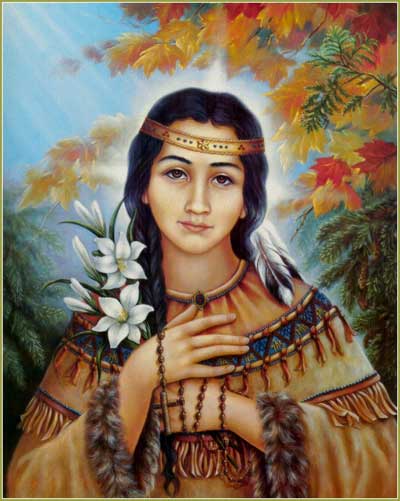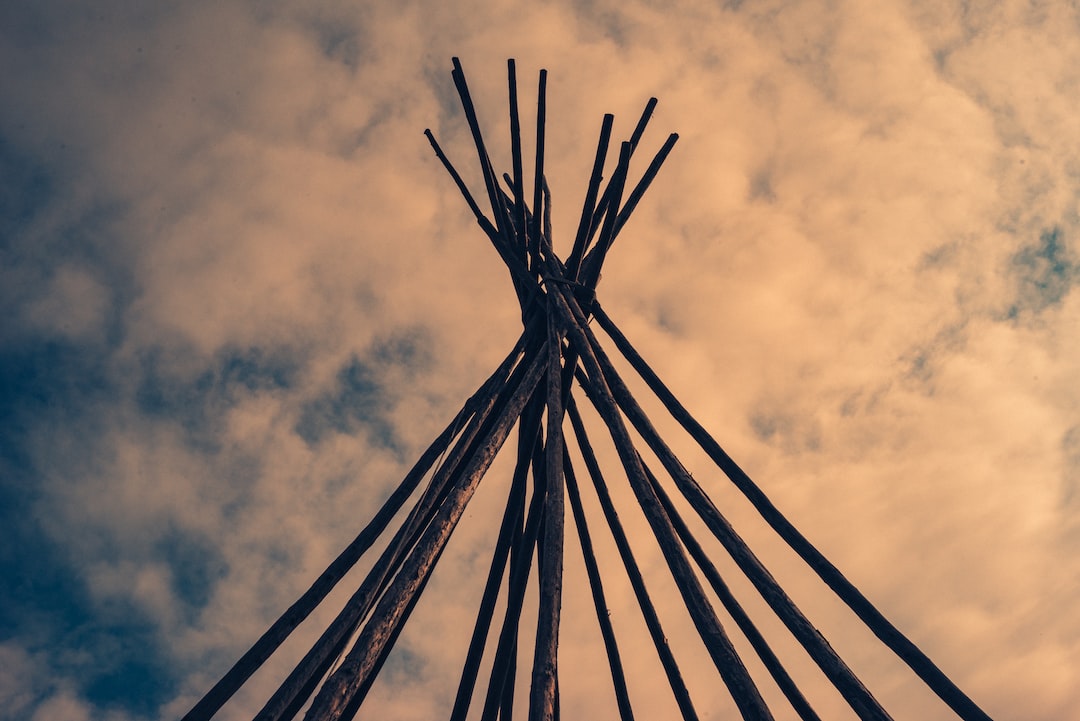The Healing Power of Blended Spirituality: The Story of Saint Kateri
In a world that can often feel divided, it’s important to remember that there is power in coming together.
One beautiful example of this can be seen in the life of Saint Kateri Tekakwitha, a revered figure in both Indigenous and Christian traditions.
Kateri was a young Mohawk/Algonquin woman who lived in the 17th century, and her life offers us a powerful model of what it means to blend different Spiritual Traditions. Through examining Kateri’s life, we can gain insight into how the blending of Indigenous and Christian spirituality can offer deep healing and a powerful sense of connection.
Being born into and living, walking between two worlds is not new for Indigenous Peoples. We cannot undo what was done, but we have learned how to adapt, to blend, to make our own, and to evolve into a tapestry of resiliency. Being born into a world of two’s has been a Path that we have had to walk. Two languages, two Spiritual systems, two skin tones, and it goes on and on.
Kateri’s story begins with the Haudenosaunee people, who lived in what is now known as upstate New York.
Kateri was born in 1656, and as a young girl, she lost her parents to a smallpox outbreak that also left her scarred and partially blind. Despite this difficulty, Kateri was known for her bravery and resilience. As she grew older, she became interested in Christianity after meeting French Jesuit missionaries who had established a mission nearby. Kateri was drawn to the teachings of Christianity, but she also maintained her connection to her Indigenous Heritage. She blended these two traditions in her life, finding a way to honor both the Christian God and the Natural World around her. Being able to see one where others see two is a developed gift of being.
This blending of traditions can be seen in the way Kateri prayed.
While she attended Mass and prayed in the Christian tradition, she also made offerings to the Natural World and practiced Traditional Mohawk/Algonquin Ceremonies. Kateri understood that these different practices were not mutually exclusive, but rather complementary. Her Christian faith helped her to see the Divine in all things, while her Indigenous Heritage allowed her to stay connected to the land and the Natural World.
Kateri’s blending of Indigenous and Christian traditions was not always easy, however.
She faced opposition from both her own people and the Jesuit missionaries who saw her Indigenous practices as incompatible with Christianity. Despite this, Kateri remained steadfast in her beliefs. She found a way to honor both traditions while also staying true to herself. This resilience and commitment to her beliefs has made Kateri a powerful symbol of faith and healing.
Today, Kateri’s blending of traditions can be seen as a model for healing and reconciliation.
Through blending different spiritual practices, we can create a sense of connection and wholeness that can transcend any perceived boundaries. Whether we come from Indigenous traditions, Christian traditions, or both, we can find common ground in our shared desire to connect with the Divine and live a life of purpose.
Saint Kateri’s story offers us a powerful reminder of the healing power of blended spirituality.
By finding ways to honor both Indigenous and Christian traditions, Kateri was able to live a life of deep faith and connection. Her story is a model for us all, as we seek to bridge divides and connect with one another in meaningful ways. Whether we are new to these traditions or have been practicing them for years, we can all find ways to honor our ancestors and our beliefs in a way that helps us to heal and grow. Let us look to Saint Kateri as an example of what it means to live a life of courage, faith, and connection.






